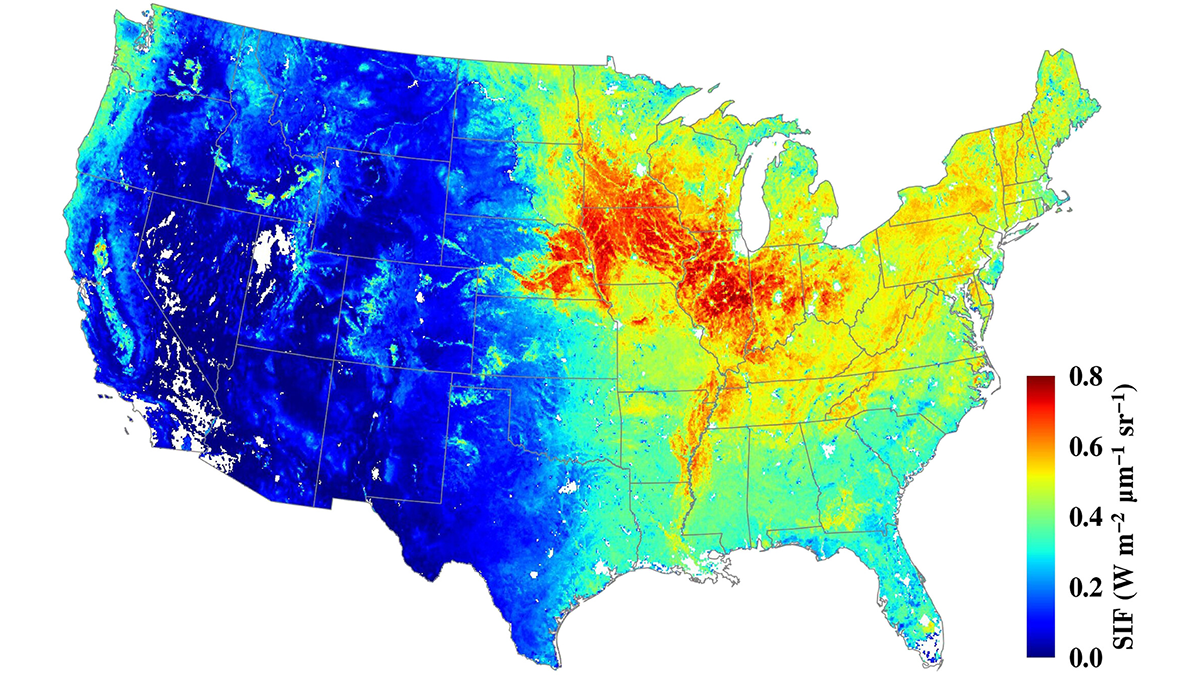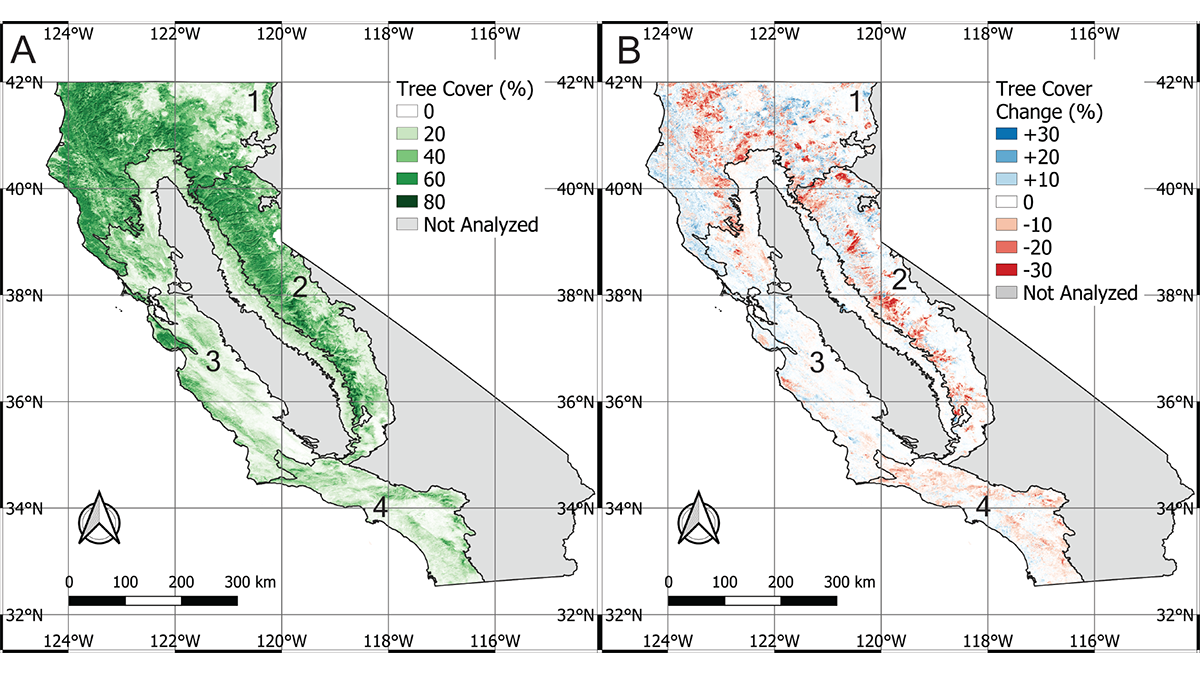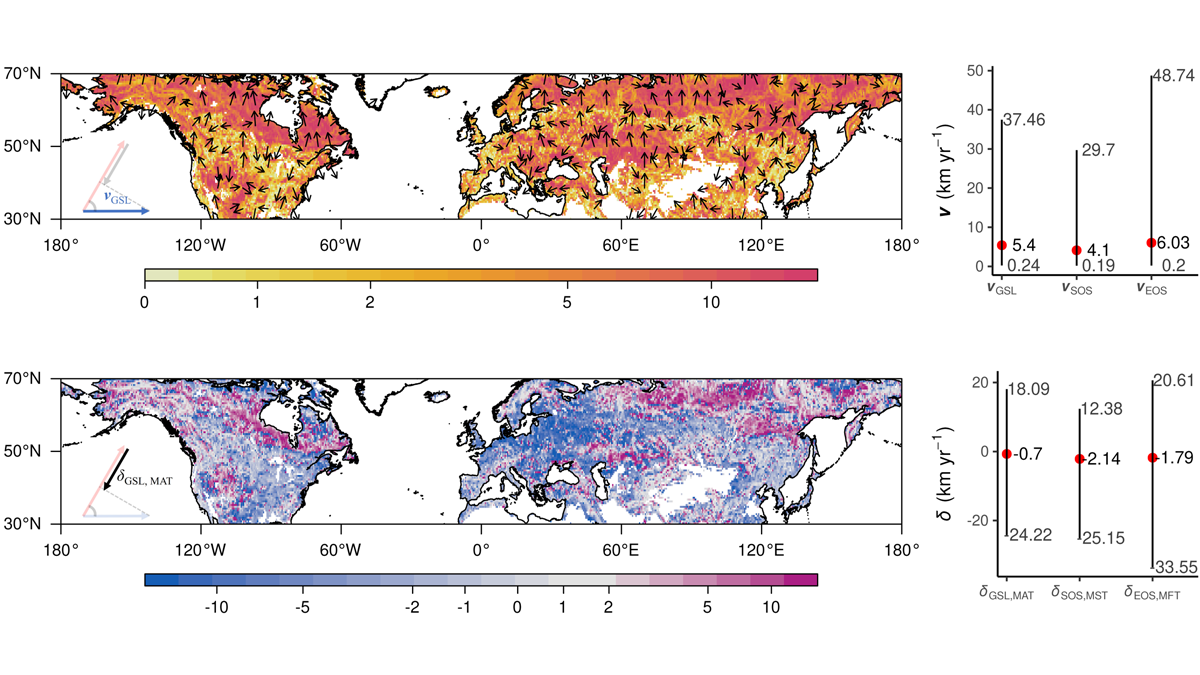The Orbiting Carbon Observatory-2 (OCO-2) mission, proposed for early termination, has turned out to be a boon to forest and agricultural management.
David S. Schimel
Dave Schimel, Editor, AGU Advances
Fixing Pollution from Space Needs Global Coordination
Remote sensing is a tool of choice for monitoring regions for air pollution, but the scale of the problem requires extending geostationary soundings globally.
A Crystal Ball for the Carbon Cycle, But a Cloudy One
Carbon cycle models quantify relationships between emission scenarios and resulting atmospheric concentrations, but are the projections credible? New analyses find grounds for both hope and concern.
Northern Ecosystems are Shaped by Snow
Changing climate in the Arctic leads to a shorter snow season but deeper snow in the depths of winter. Under the insulating snow, biological processes are accelerated leading to higher nutrient availability and carbon losses.
A Burning Issue
California has lost 7% of its forest cover to climate change over the past 25 years.
The Flowers that Bloom in the Spring (but Later)
Mismatch between the pace of climate change and crop phenology may signal a new challenge for climate change adaptation.
Hot Lakes in a Cold Climate
Arctic warming may release less carbon dioxide from high latitude lakes but increase their climate impact by releasing more methane.







